How to stop your phone from overheating — 7 essential tips
Keep your phone safe from the heat with these tips
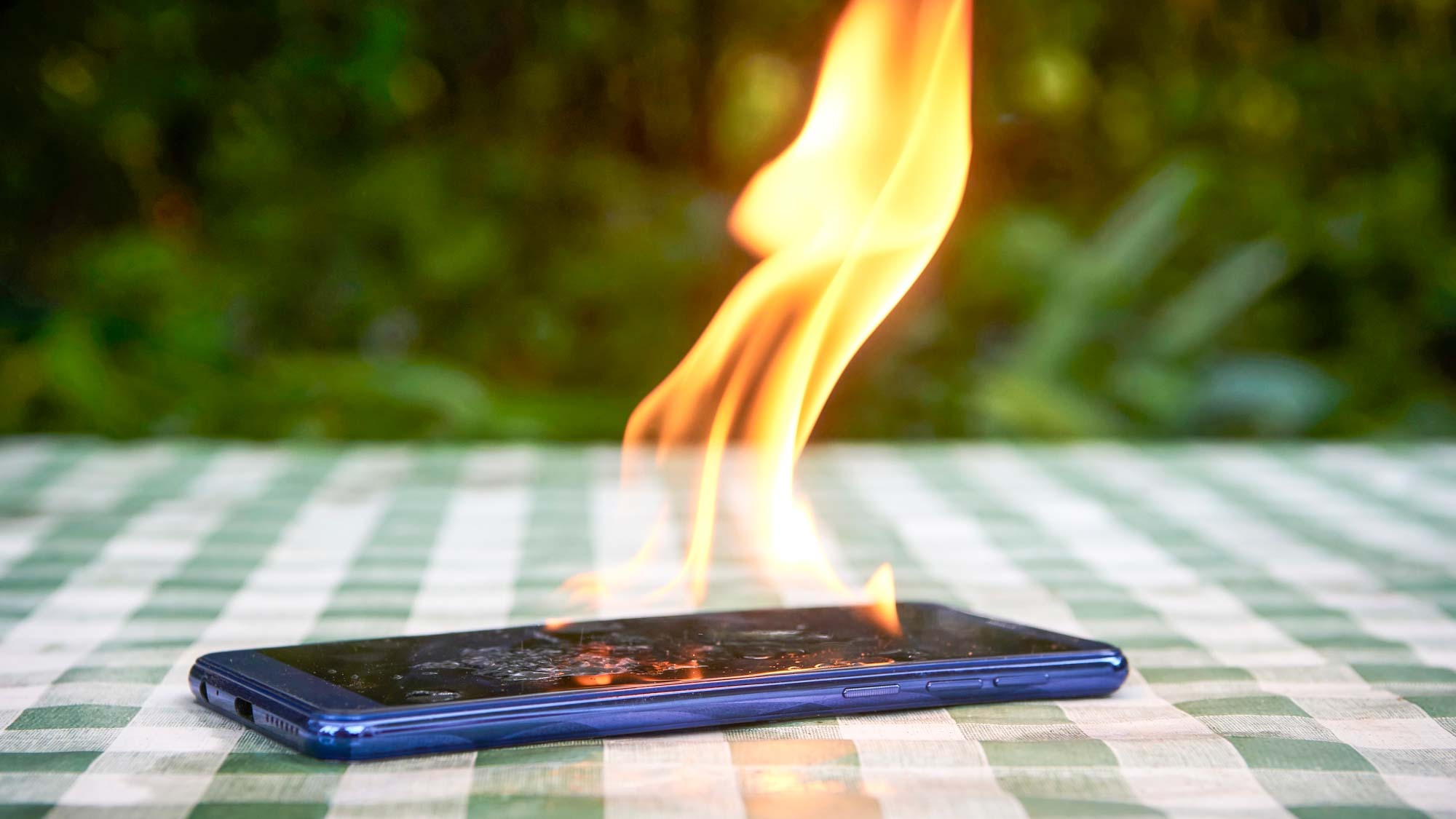
It's always helpful to know how to keep your phone from overheating, even if the weather outside isn't particularly warm. That's especially true if you just picked up an iPhone 15 Pro, given all the reports of the phone getting hotter than it should. Apple claims that a fix is coming in a future software update, but even so it's important you know how to keep your phone cool.
Not only is an overheating phone too hot to hold, extreme temperatures can also cause performance issues and permanent damage — especially to the battery. When you drop several hundred dollars on a new phone, that’s the last thing you want.
Fortunately, iPhone or not, it’s very easy to keep your phone at a comfortable temperature. Here's how to stop your phone from overheating.
Keep it out of the sun

The biggest source of heat in hot weather is the sun, which means the best course of action is to keep your phone out of it. After all, if you don’t want to be sitting in direct sunlight for extended periods of time, neither does your phone.
So avoid spots that get a lot of sunlight, or heat up to pretty serious temperatures over the course of the day. Cars, green houses, windowsills or any spot with direct sunlight. Even if it doesn't feel too hot outside, the temperature in these spots can rise pretty quickly and seemingly take forever to cool off again.
Better still stick to cooler rooms, like those with air conditioning, or shady spots where the heat isn’t as intense.
Take off the case
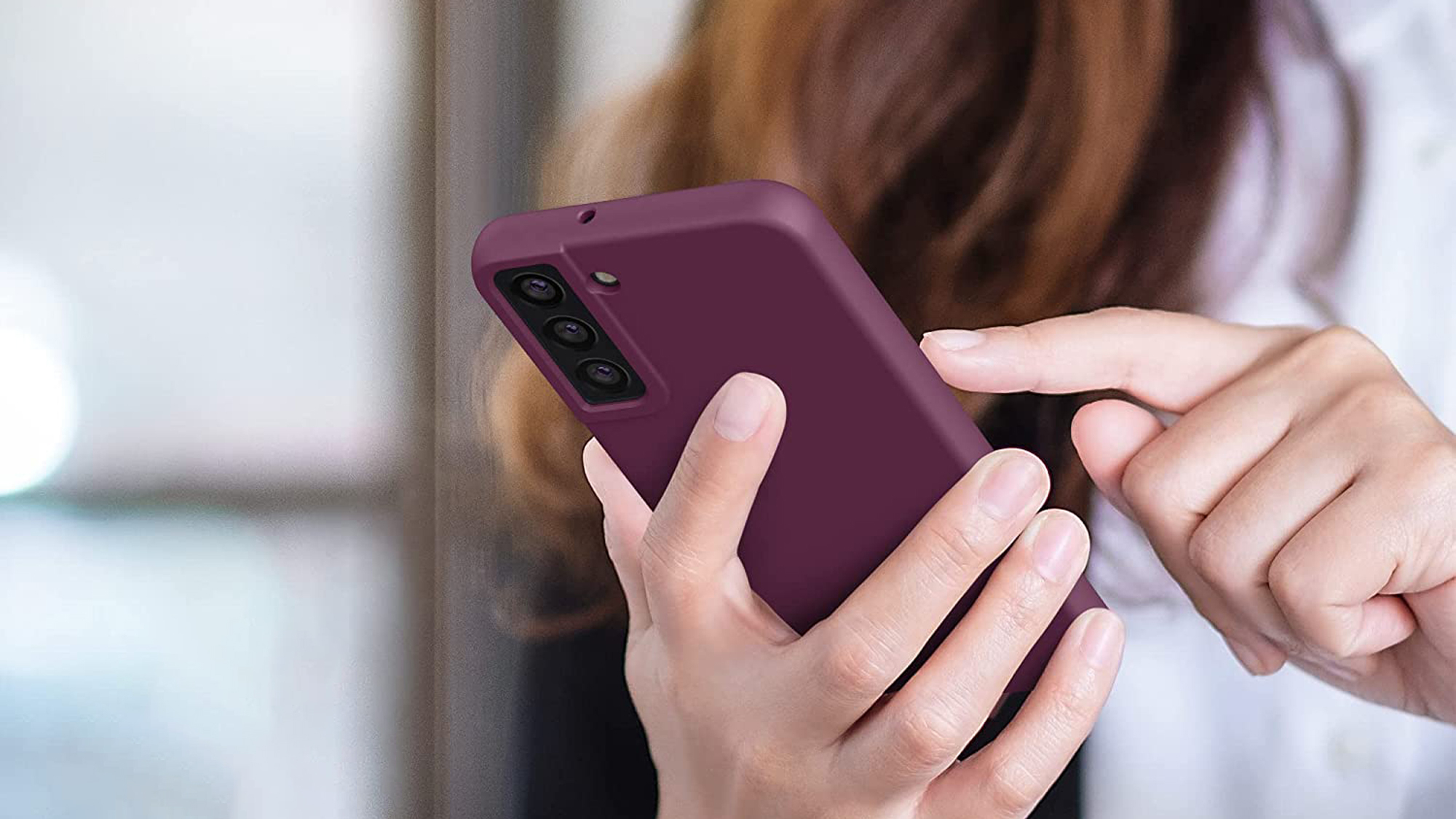
Phone cases are useful for a lot of things, but reducing heat generally isn’t one of them. No matter what case you have, it’s essentially just another layer of insulation that keeps heat inside. So you better take it off if you want to help keep your phone cool and avoid overheating.
Sign up to get the BEST of Tom's Guide direct to your inbox.
Get instant access to breaking news, the hottest reviews, great deals and helpful tips.
Of course, if your case is more than a fashion statement, and has some practical use, then you might want to keep it if you’re heading out into the world. But if you’re at home, work or staying in a single place for a while, you should think about stripping it off and letting your phone get some ventilation
By that same logic, you’re also better off keeping your phone out of your pocket. Especially if you’re already pretty hot or wearing black pants.
Avoid power-intensive apps
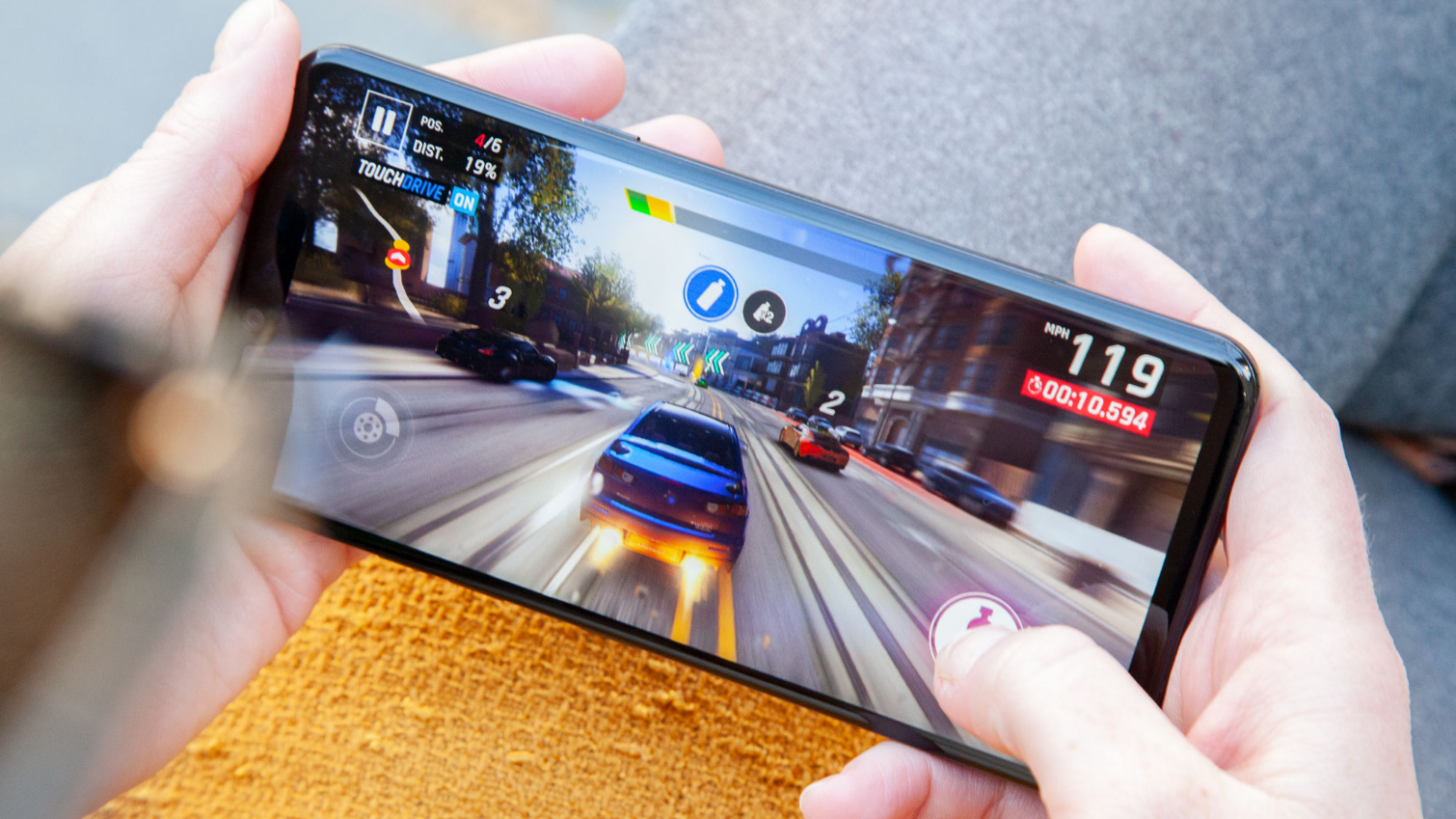
Weather or not, certain apps and processes can be pretty intense, making your phone work hard and produce a bunch of extra heat in the process. So be sure to avoid things like photo and video editing, games, performance boosting modes and even extended use of the camera.
It’s also worth switching off some of the features you’re not using, like GPS or Bluetooth. While they don’t generate a huge amount of heat by simply being switched on, every extra degree counts when overheating is concerned.
Don't fast or wireless charge
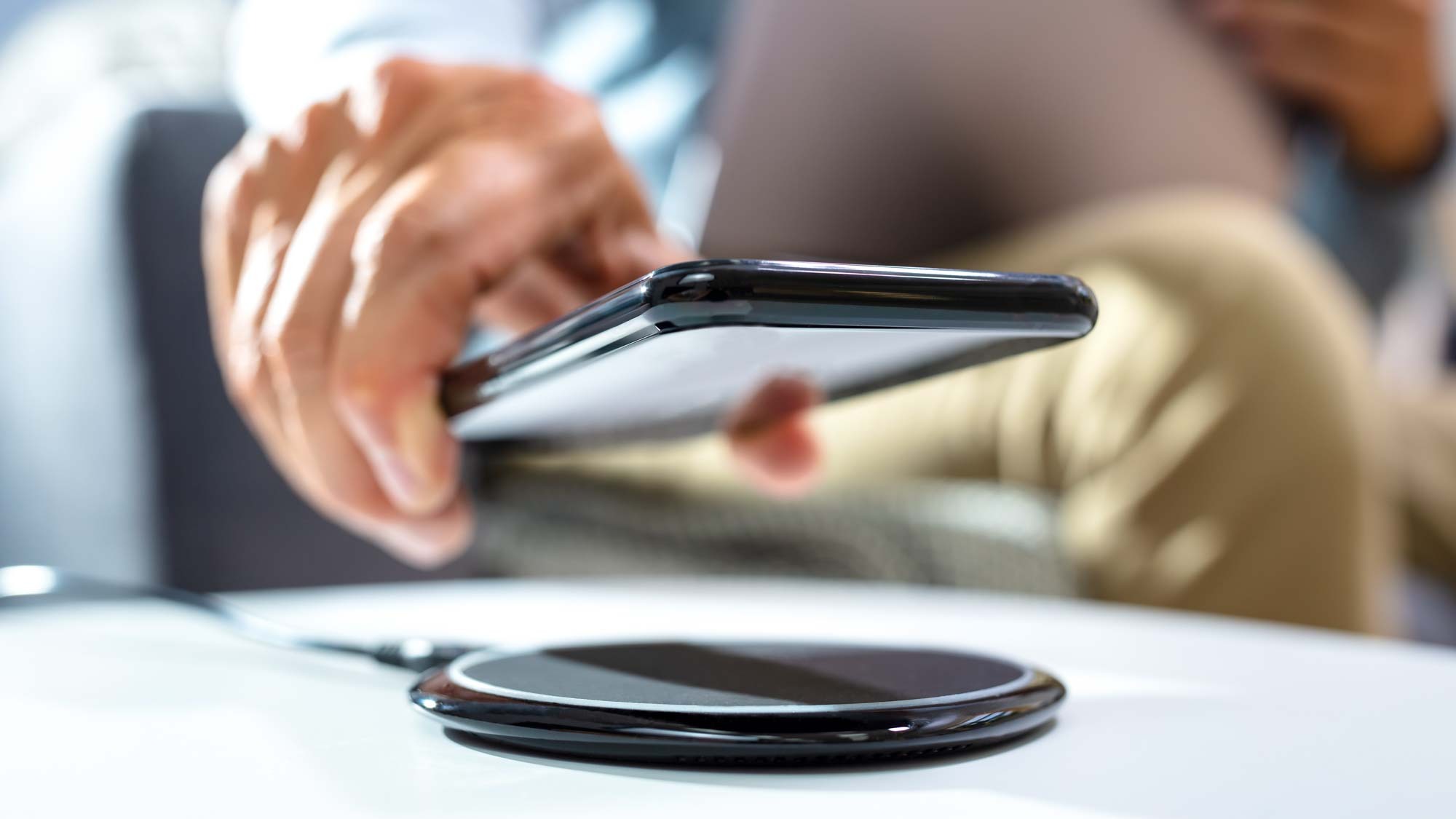
Phone charging is more convenient than ever these days, but you’re better off avoiding fast and wireless options when the temperature rises too much. The issue is that both of these charging options tend to produce excess heat, which is not what you want when you’re trying to cool your phone off.
If you do need to recharge, be sure to use a slow wired connection if possible. Or, at the very least, do it somewhere cool so any excess heat has somewhere to go.
Avoid water and the freezer
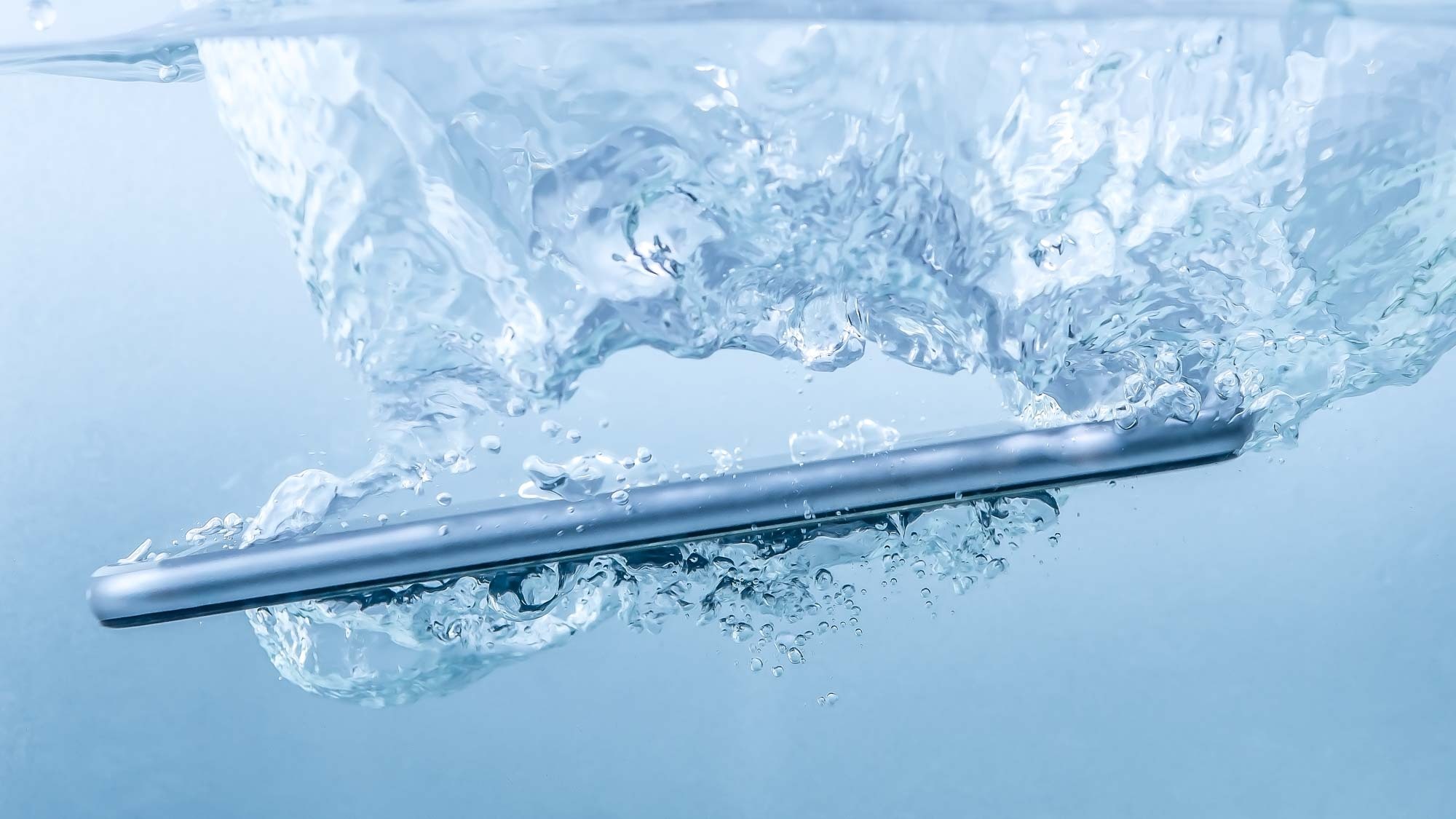
Forcing a cooldown is just about the worst thing you can do to stop a phone from overheating. Phone’s don’t like rapid changes in temperature, and you may end up causing extra damage to your phone in the process.
Running your phone under a tap, or submerging it in water, runs the risk of causing water damage — IP rating or not. Not only could you have the limits of the IP rating confused, your phone’s water resistant seals may have been damaged without you realizing it. Similarly, putting the phone in a fridge or freezer will run the risk of water condensing inside your phone and causing problems.
To top it all off, your warranty won’t cover water damage. Even if the phone did come with an IP68 rating.
But fans are OK
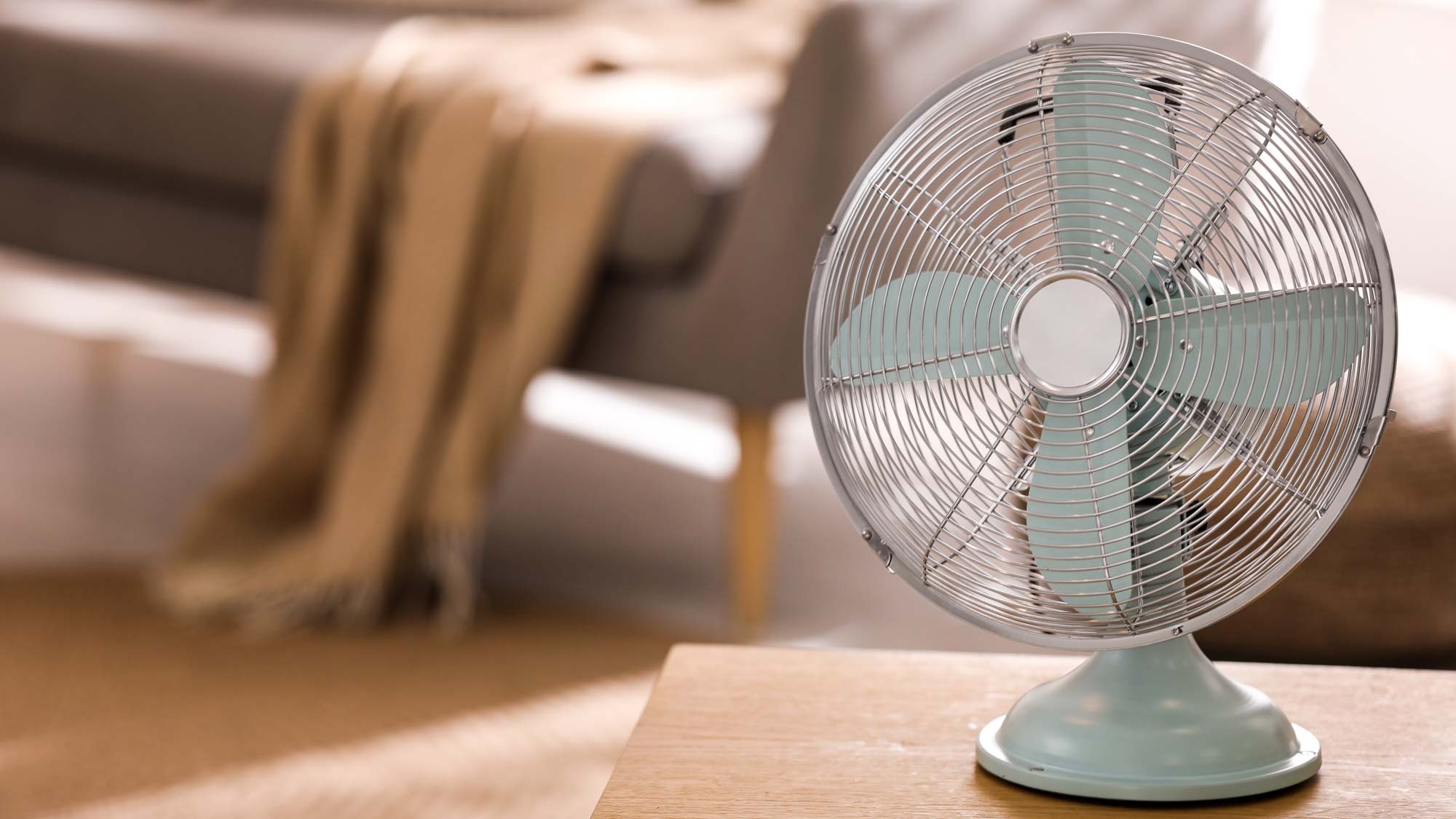
A fan doesn’t have any of the same risks as using water or ultra rapid cooling. A regular fan will work on a phone the same way it will work on a human being. The fan will help reduce the heat around the phone, but in a way that’s slower and safer for the device itself. More so if you combine it with other heat-busting tips.
Buy a phone cooler
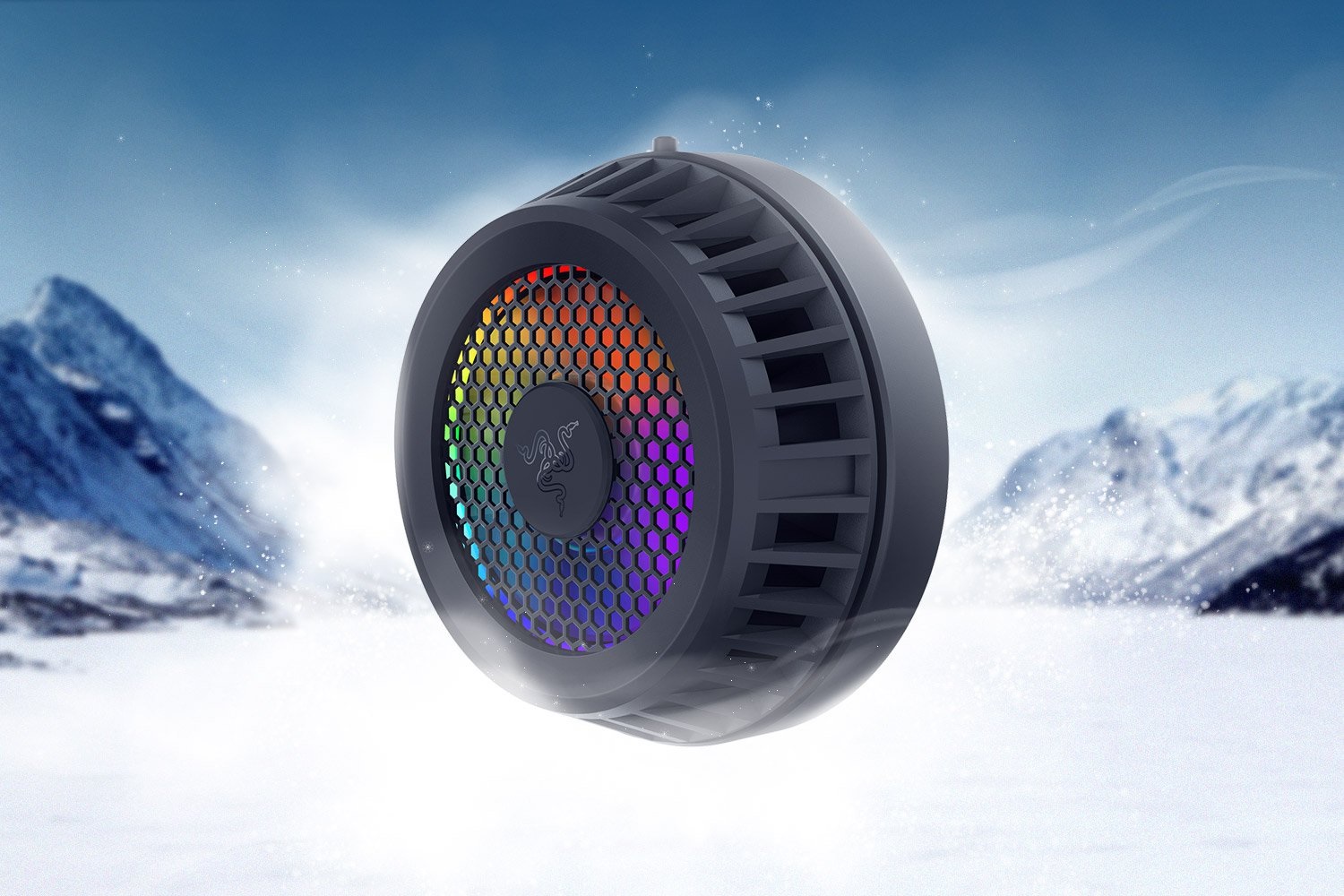
As obvious as it may seem, there’s also a simple solution if you have some cash to spare: Buy a specialized phone cooler. These devices are what you might imagine if a fan and phone case had a baby. You attach them to the back of your phone, either with a clip or some sort of magnet (including MagSafe) and the device can start sapping away heat.
The coolers work using a combination of heat sink and fan-based technology, which means it’s more effective than putting your phone in the path of a fan. They can also be found relatively cheaply, with Amazon offering a number of options under $15. However, some of the more advanced models, like Razer’s MagSafe Phone Cooler, costs $60.

Tom is the Tom's Guide's UK Phones Editor, tackling the latest smartphone news and vocally expressing his opinions about upcoming features or changes. It's long way from his days as editor of Gizmodo UK, when pretty much everything was on the table. He’s usually found trying to squeeze another giant Lego set onto the shelf, draining very large cups of coffee, or complaining about how terrible his Smart TV is.
